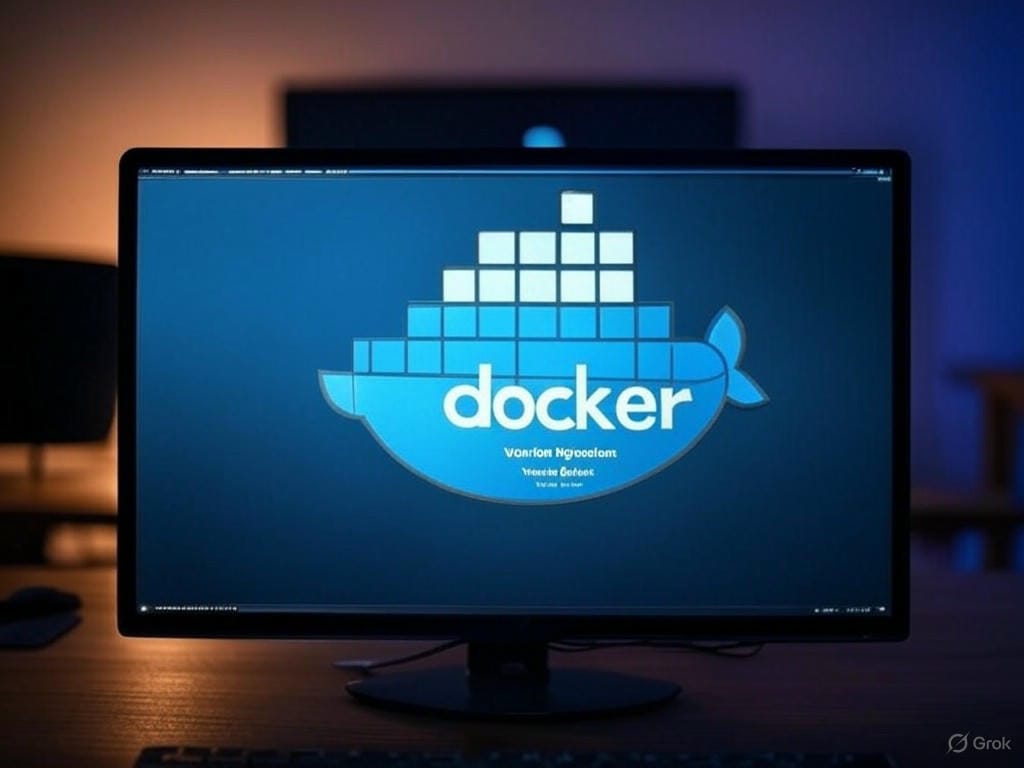How to Verify Docker Installation and Check Version Details: A Comprehensive Guide (Part 1)
If you’re diving into the world of containerization, ensuring that Docker is correctly installed and operational on your system is a critical first step. Docker has become an essential tool for developers and system administrators, enabling seamless deployment and management of applications in isolated environments. In this detailed guide, we’ll walk you through the process of verifying your Docker installation, checking version details, and confirming the status of the Docker daemon. Whether you’re a beginner or a seasoned professional, this tutorial will help you ensure your Docker setup is ready for action.
Why Verify Docker Installation?
Before running containers or deploying applications, confirming that Docker is installed and functioning correctly is vital. A proper installation ensures compatibility with your projects, avoids runtime errors, and guarantees that you have the latest features and security updates. Additionally, knowing the specific version of Docker installed can help troubleshoot issues, ensure compatibility with other tools, and align with project requirements. This guide focuses on the initial steps of verifying Docker, making it an ideal resource for anyone starting with containerization or maintaining a Docker-based workflow.
Step 1: Check the Docker Version
The simplest way to confirm whether Docker is installed on your system is by checking its version. This command provides a quick snapshot of the installed Docker software. To do this, open a terminal or command prompt. If you’re on a Linux system, ensure you have root privileges or use sudo to execute the commands. Run the following command:
docker --versionThis will display the version of Docker installed, such as ‘Docker version 20.10.21, build baeda1f.’ If you see an output like this, it confirms that Docker is installed. However, if you encounter an error message like ‘docker: command not found,’ it indicates that Docker is either not installed or not properly added to your system’s PATH. In such cases, you’ll need to install Docker or adjust your environment variables to include the Docker binary path.
Step 2: Get Detailed Version Information
For a more in-depth look at your Docker setup, including details about both the client and server components, use the following command:
docker versionThis command provides comprehensive information, such as the Docker client version, server version, API version, and the Go version used to build Docker. The output is split into two sections: ‘Client’ and ‘Server,’ offering insights into the components that interact to manage containers. This is particularly useful for diagnosing discrepancies between client and server versions, which can cause compatibility issues. If the server information is missing, it might indicate that the Docker daemon is not running, which we’ll address in the next step.
Step 3: Verify Docker Daemon Status
The Docker daemon is the background service responsible for managing Docker objects like containers, images, and networks. Ensuring that the daemon is active is crucial for Docker to function. On Linux systems using systemd, you can check the status of the Docker daemon with the following command:
systemctl status dockerThe output will show whether the Docker service is ‘active (running)’ or if there are any issues, such as it being ‘inactive’ or ‘failed.’ If the service is not running, you can start it using systemctl start docker and enable it to run on boot with systemctl enable docker. For non-systemd systems or Windows users, alternative methods like checking Docker Desktop or using docker info can confirm if the daemon is operational.
Step 4: Additional Checks for Docker Installation
Beyond version and daemon status, you can perform additional checks to ensure Docker is fully functional. Run the following command to verify system-wide information about your Docker installation:
docker infoThis command displays detailed information, including the kernel version, number of containers, and images. It also shows the number of unique images, helping you understand your local Docker environment. If you’re using Docker Desktop (for Windows or macOS), you can check the version and status via the ‘About Docker Desktop’ option in the Docker menu. Additionally, running a simple test command like docker ps (to list containers) can confirm that Docker is installed and responsive.
Troubleshooting Common Issues
If any of the above commands return errors, here are some common issues and solutions:
- Command Not Found: Ensure Docker is installed and added to your PATH. Reinstall Docker if necessary, following the official installation guides for your operating system.
- Daemon Not Running: Start the Docker daemon manually or restart Docker Desktop if you’re on Windows or macOS.
- Permission Denied: On Linux, ensure you’re running commands as root or with
sudo, or add your user to the ‘docker’ group withusermod -aG docker $USER.
Conclusion
Verifying your Docker installation is a foundational step in working with containers. By checking the version, reviewing detailed client and server information, and confirming the Docker daemon status, you can ensure a smooth start to your containerization journey. This guide is the first part of a series on mastering Docker basics. Stay tuned for more advanced topics, such as managing containers, images, and troubleshooting complex setups. If you’re new to Docker, consider exploring the differences between Docker Desktop and Docker Engine to choose the right tool for your needs. With these steps, you’re well on your way to leveraging the power of Docker for efficient and scalable application development.

Leave a Reply